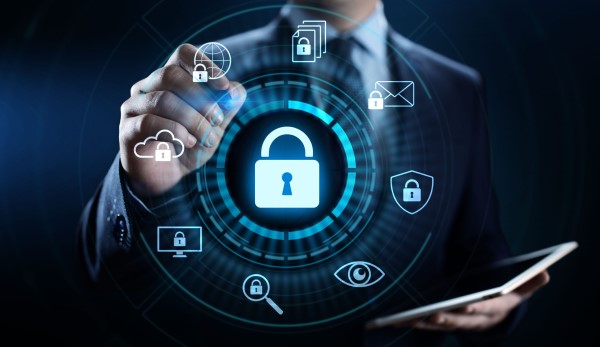Have you noticed the uptick in discussions surrounding email authentication recently? There’s a significant reason behind it: the pervasive threat of phishing. Phishing remains the primary culprit behind data breaches and security lapses, a persistent issue over the years.
A notable transformation is underway in the realm of email, driven by the necessity to combat phishing schemes. Email authentication is swiftly becoming a prerequisite for email service providers, underscoring its pivotal role in safeguarding your online presence and communication channels.
Google and Yahoo, two global email giants, have instituted a new DMARC policy effective as of February 2024. This policy mandates email authentication, particularly impacting businesses utilising Gmail and Yahoo Mail for their correspondence.
Curious about DMARC and its sudden significance? Fear not, we’re here to demystify it for you. Let’s delve into the realm of email authentication, shedding light on why it’s more indispensable than ever for your business.
The Email Spoofing Problem
Picture this: you receive an email that appears to be from your bank, urging immediate action. You click on a link, provide your information, and just like that, your data is compromised.
This is commonly known as email spoofing, a tactic where scammers disguise their email addresses to impersonate legitimate individuals or organisations. They often spoof a business’s email address and reach out to customers and vendors under false pretenses.
These deceptive maneuvers can wreak havoc on companies, resulting in:
- Financial losses
- Reputational damage
- Data breaches
- Loss of potential business opportunities
Unfortunately, email spoofing is on the rise, emphasising the crucial role of email authentication as a defense mechanism.
What is Email Authentication?
Email authentication is a way of verifying that your email is legitimate. This includes verifying the server sending the email. It also includes reporting back unauthorised uses of a company domain.
Email authentication uses three key protocols, and each has a specific job:
- SPF (Sender Policy Framework): Records the IP addresses authorised to send email for a domain.
- DKIM (DomainKeys Identified Mail): Allows domain owners to digitally “sign” emails, verifying legitimacy.
- DMARC (Domain-based Message Authentication, Reporting, and Conformance): Gives instructions to a receiving email server. Including, what to do with the results of an SPF and DKIM check. It also alerts domain owners that their domain is being spoofed.
SPF and DKIM are protective steps. DMARC provides information critical to security enforcement. It helps keep scammers from using your domain name in spoofing attempts.
Here’s how it works:
- You set up a DMARC record in your domain server settings. This record informs email receivers (like Google and Yahoo). It tells them the IP addresses authorised to send emails on your behalf.
- What happens next? Your sent email arrives at the receiver’s mail server. It is looking to see if the email is from an authorised sender.
- Based on your DMARC policy, the receiver can take action. This includes delivery, rejection, or quarantine.
- You get reporting back from the DMARC authentication. The reports let you know if your business email is being delivered. It also tells you if scammers are spoofing your domain.
Why Google & Yahoo’s New DMARC Policy Matters
Google and Yahoo have previously provided some degree of spam filtering but have not strictly enforced DMARC policies. However, the introduction of the new DMARC policy has significantly elevated email security standards.
Effective from February 2024, the new regulation requires businesses sending over 5,000 emails daily to have DMARC implemented. Additionally, both companies have outlined policies for those sending fewer emails, focusing on SPF and DKIM authentication protocols.
Expect ongoing email authentication requirements to ensure the uninterrupted delivery of your business emails.
Benefits of DMARC Implementation:
Implementing DMARC extends beyond mere compliance; it offers several advantages for your business:
-
Safeguards brand reputation: DMARC mitigates email spoofing scams, safeguarding your brand image and fostering customer trust.
-
Enhances email deliverability: Proper authentication ensures that your legitimate emails reach recipients’ inboxes rather than getting lost in spam folders.
-
Provides actionable insights: DMARC reports furnish detailed information on how different receivers handle your emails, identifying potential issues and bolstering your email security posture.
Taking Action: Implementing DMARC
Given the escalating concerns regarding email security and spoofing, implementing DMARC is imperative. Here’s how to begin:
- Familiarize yourself with your DMARC options.
- Consult with your IT team or IT security provider for guidance.
- Regularly track and adjust your DMARC implementation to maintain optimal security measures.
Need Help with Email Authentication & DMARC Monitoring?
DMARC is just one piece of the email security puzzle. It’s important to put email authentication in place. This is one of many security measures required in the modern digital environment. if you need help putting these protocols in place? Just let us know.
Contact us today to schedule a chat.












